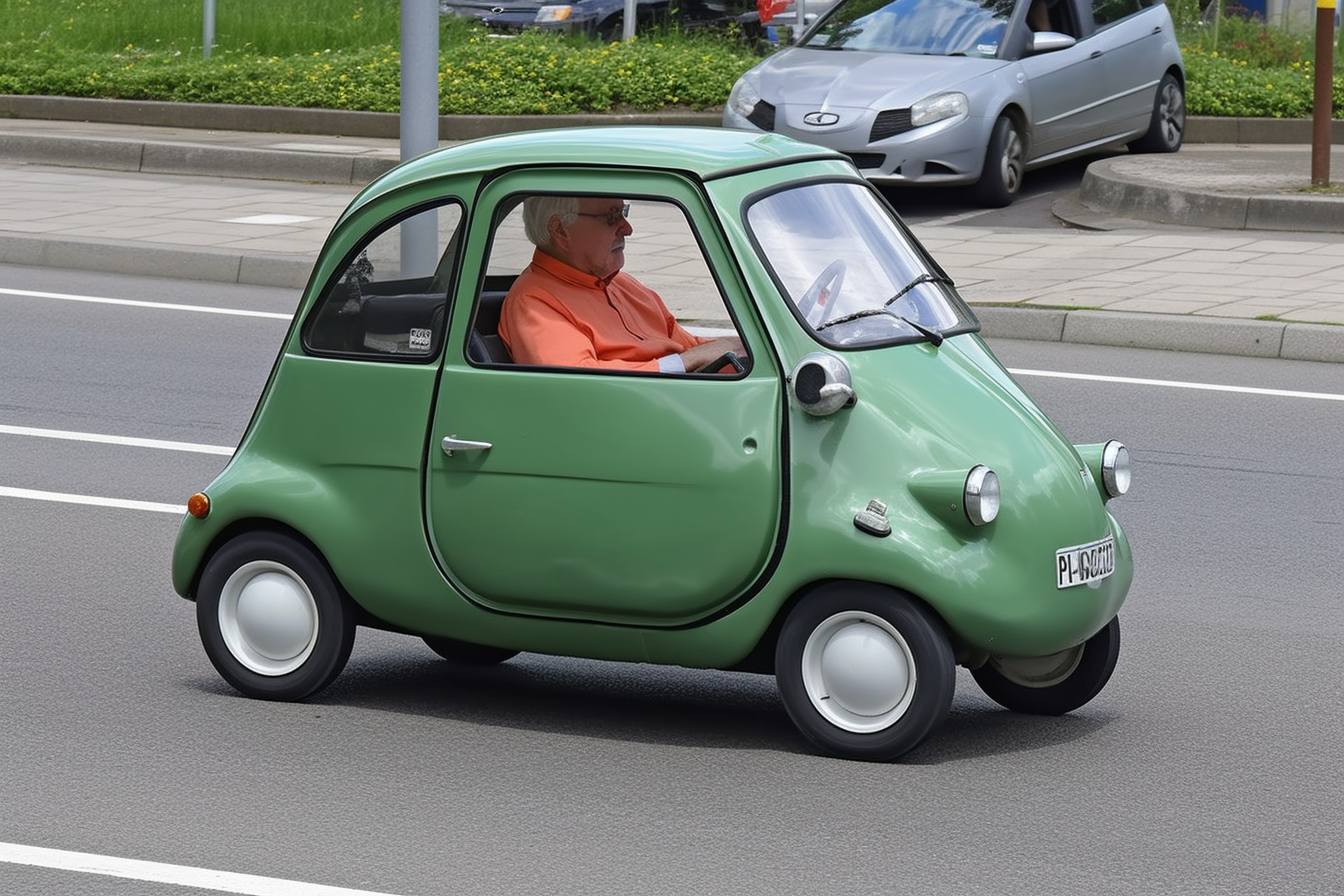"The Intricacies and Implications of Dual Clutch Transmission Systems"
As the world of automotive technology evolves, many concepts once familiar to drivers are being replaced with new, more efficient systems. One such emerging trend is the Dual Clutch Transmission (DCT), a technology that promises both efficiency and a more engaging driving experience. This article will delve into the history, mechanics, and implications of DCTs.
The Genesis of Dual Clutch Transmission
Dual Clutch Transmission originated in racing circles, where fractions of a second can determine the outcome of a competition. Porsche introduced the first DCT in a race car in 1985, realizing the need for rapid gear changes with minimal power interruption. Over time, this technology trickled down into production cars, with Volkswagen being the first to introduce it to the mass market with their DSG (Direct-Shift Gearbox). Today, DCTs are found in a wide range of vehicles, from budget hatchbacks to luxury sedans and high-performance sports cars.
How Dual Clutch Transmission Works
The workings of a DCT are rooted in its name. It utilizes two separate clutches for odd and even gear sets. When a gear is engaged, the next one is pre-selected in anticipation, ensuring virtually seamless gear changes. This process results in uninterrupted power delivery and a more engaging driving experience. DCTs also typically offer both automatic and manual shifting modes, providing drivers with flexibility based on their preference or driving conditions.
The Impact on Driving Experience and Fuel Efficiency
DCTs have a significant impact on the driving experience. They provide rapid, smooth gear changes, reducing the jerkiness often associated with traditional automatic transmissions. This leads to a more engaging and comfortable drive. Moreover, the efficiency of DCTs translates into better fuel economy. By pre-selecting gears and eliminating power loss during shifts, DCTs ensure that engines operate at the most efficient RPMs, thereby improving fuel efficiency.
Challenges and Controversies Surrounding DCTs
Despite their advantages, DCTs have had their share of controversies. Early models were plagued with reliability issues, and some drivers found the gear changes to be too aggressive. There have also been concerns about the cost of maintenance and repair, as DCTs are more complex and expensive to service than traditional transmissions. These challenges have led some manufacturers to question the viability of DCTs in their line-up.
The Future of Dual Clutch Transmission
The future of DCTs appears promising, despite the challenges. Manufacturers continue to refine the technology, improving reliability and smoothing out the driving experience. The benefits of DCTs, particularly their efficiency and performance advantages, are likely to ensure their continued adoption in the automotive industry. However, like all technologies, DCTs will need to evolve and adapt to changing market demands and technological advancements.
In conclusion, Dual Clutch Transmissions represent an exciting development in automotive technology. They offer a unique blend of efficiency and performance, enhancing the driving experience while also improving fuel economy. However, like any technology, they come with their own set of challenges and controversies. As we move forward, it will be interesting to see how DCTs continue to evolve and shape the future of the automotive industry.





